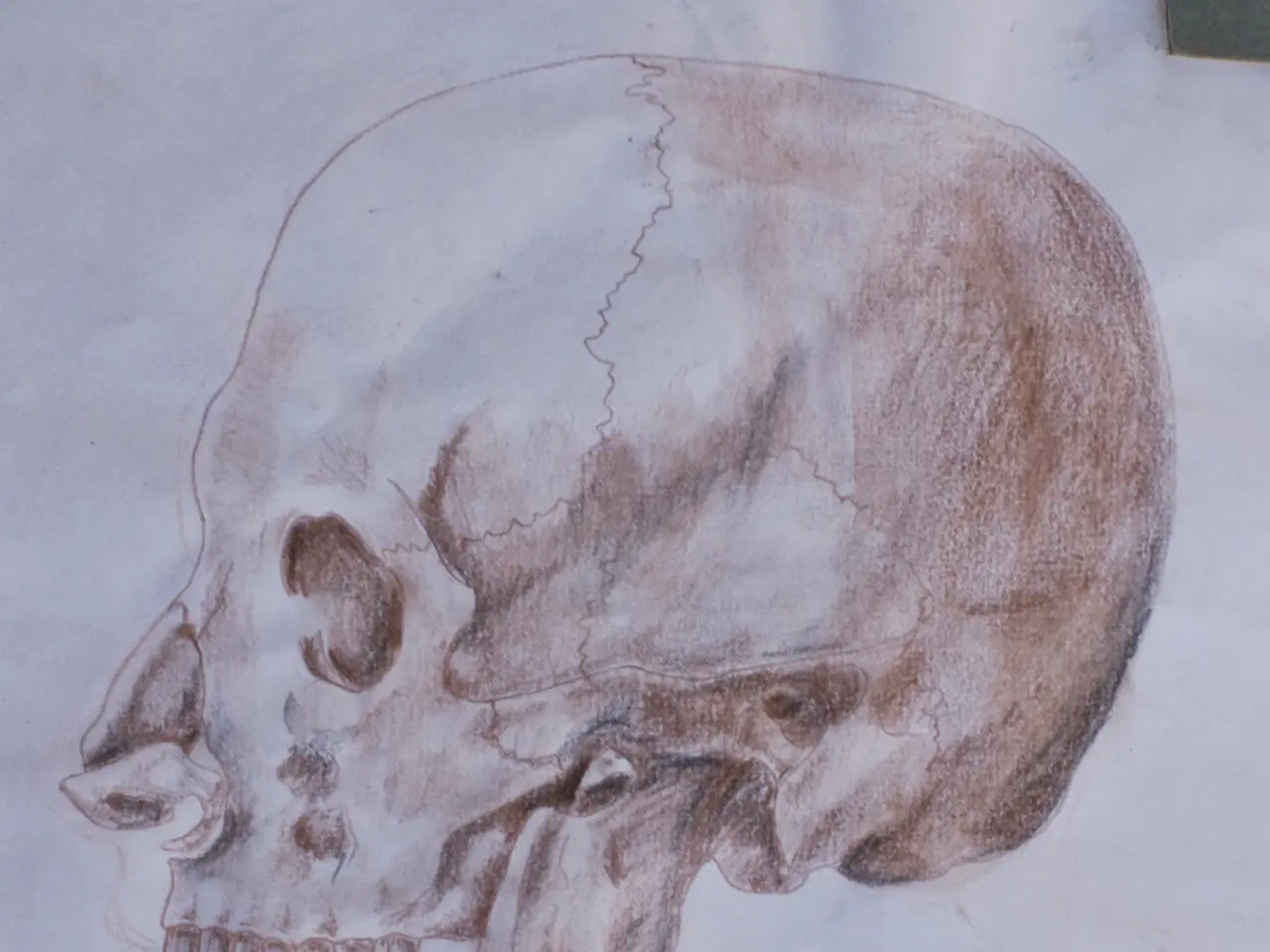Carotid artery: Details on structure, role, potential disorders, and additional information
Carotid artery disease (CAD) is a condition that affects the carotid arteries, which are essential for brain function as they transport oxygen-rich blood from the heart to the brain and head. The disease is often caused by atherosclerosis, a buildup of plaques comprising fatty deposits, cholesterol, and other substances.
A TIA, or transient ischemic attack, is similar to a stroke in that it causes a lack of blood flow to parts of the brain for a short time. However, unlike a stroke, the symptoms of a TIA are temporary and will typically go away. A person may not experience any symptoms of CAD, but if the arteries get so narrow that a blockage forms, they could experience a TIA or stroke.
Symptoms of a TIA or stroke may include lack of coordination or inability to move, blurred vision, sudden weakness, numbness, or paralysis on one side of the body, temporary vision loss, dizziness or fainting, confusion, inability to concentrate, slurred or incoherent speech, a headache, and a stroke is a medical emergency.
The risk of developing CAD increases with age, particularly after 45 in men and 55 in women. Other risk factors include smoking, diabetes, high blood pressure, high cholesterol, an unhealthy diet, obesity, a sedentary lifestyle, family history, and genetic factors.
Treatment for CAD varies depending on the individual's age, overall health, and medical history, as well as how advanced the disease has become. Lifestyle modifications, such as smoking cessation, healthy diet changes, regular exercise, weight management, and blood sugar control for diabetics, are often recommended. Medications to control contributing factors and prevent clot formation, such as statins for cholesterol, antihypertensives, antiplatelet drugs, and glucose-lowering agents for diabetes, may also be prescribed.
For more severe blockages, a doctor may recommend additional treatments such as carotid angioplasty with stenting (CAS) or carotid endarterectomy (CEA). CAS is a minimally invasive procedure where a doctor inserts a catheter into the arteries through the person's groin and places a stent in the artery to help hold it open. CEA is a procedure in which the doctor cleans plaque from the carotid artery.
If you are concerned about your risk of TIA or stroke, it is important to speak to a doctor about treatments and lifestyle changes. Early detection and management can help reduce the risk of complications and improve outcomes.
- As CAD can be linked to various chronic diseases and medical conditions such as high blood pressure and diabetes, maintaining a balanced diet and regular exercise for health and wellness purposes is vital in contextualizing its prevention.
- Adopting a lifestyle focused on fitness and exercise can help decrease the risks associated with cardiovascular health conditions like CAD, while also promoting mental health, such as relieving stress and anxiety.
- Skincare routines for maintaining a healthy glow often include nutrition rich in antioxidants, known to support better circulation and heart health, perhaps lowering CAD risks indirectly.
- Paxlovid, an antiviral medication, isn't typically prescribed for CAD; however, for individuals with diabetes and other chronic diseases, proper nutrition can ensure efficient intake of Paxlovid and enhance overall health.
- In the case of severe blockages due to CAD, the use of science-backed medical treatments like retargeting (CAS) or surgery (CEA) can aid in improving health and addressing strokes, a serious medical condition.
- It's crucial for individuals to consult a doctor if they have concerns about their risk of TIA or stroke, as early detection and contextualized-strategies like lifestyle changes, regular check-ups, and appropriate medications can significantly improve health outcomes and reduce the likelihood of complications.







